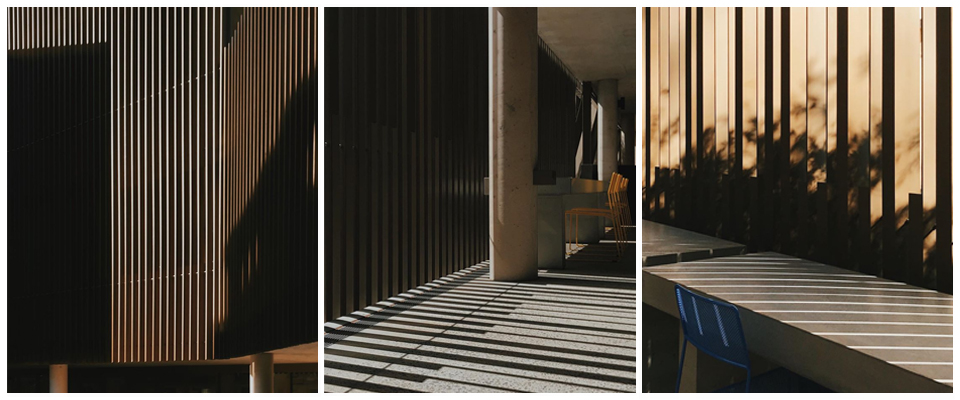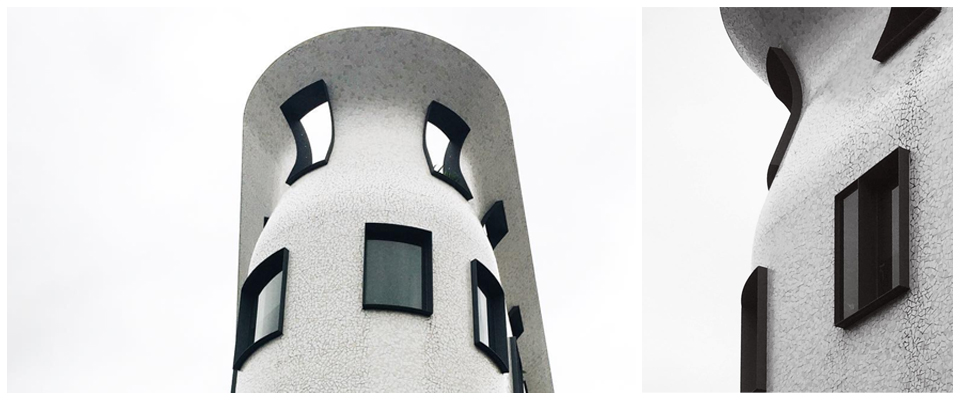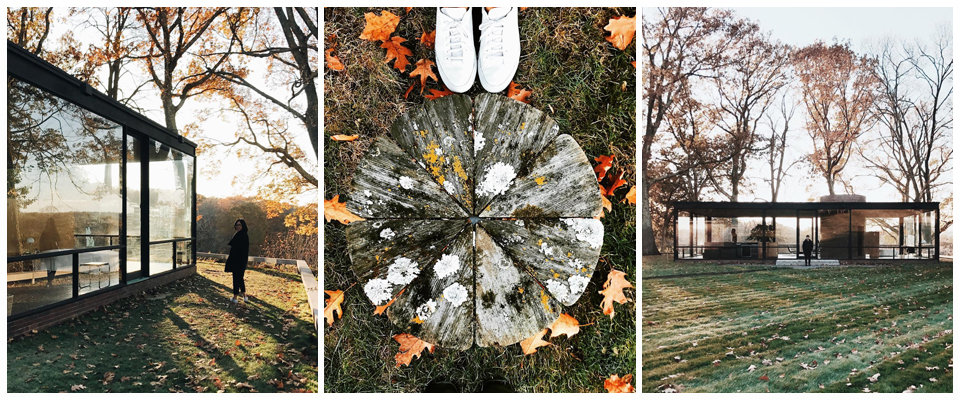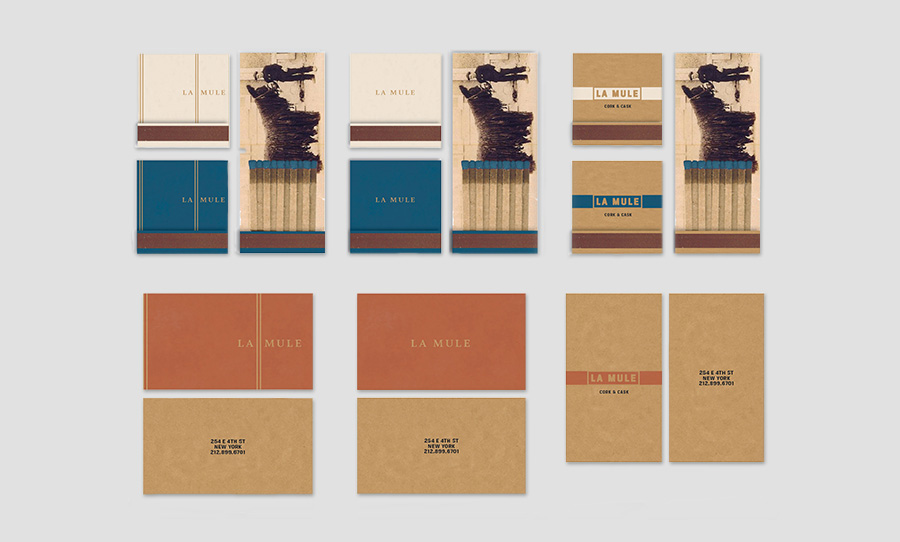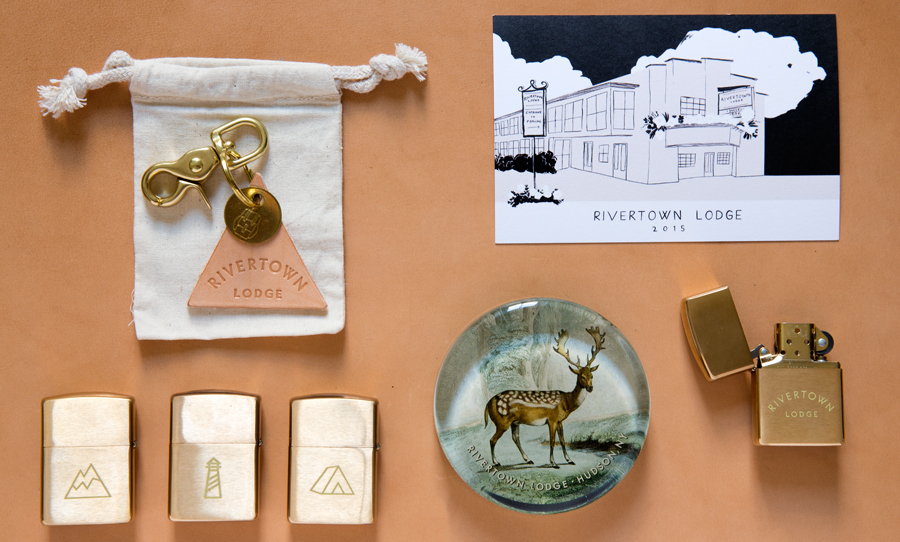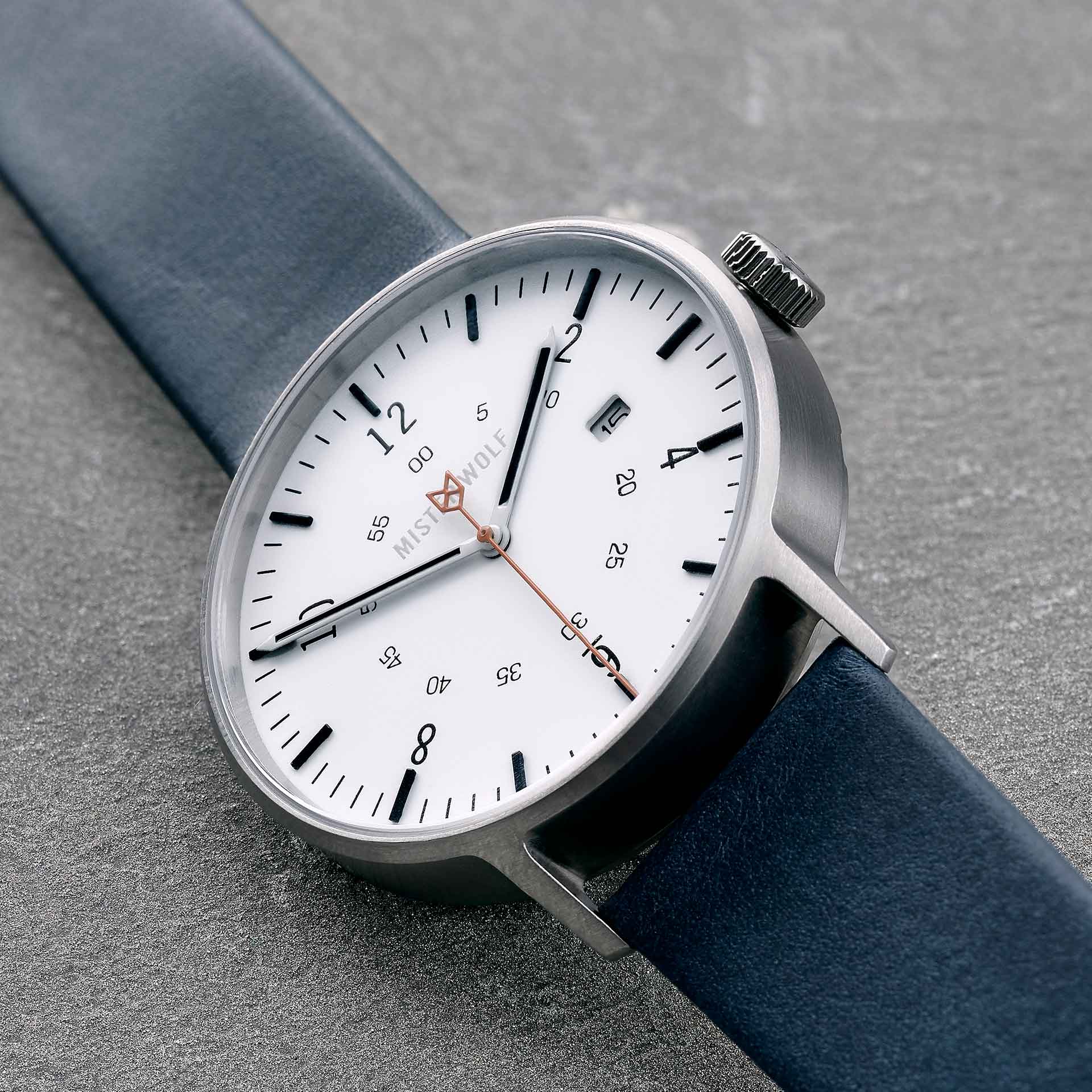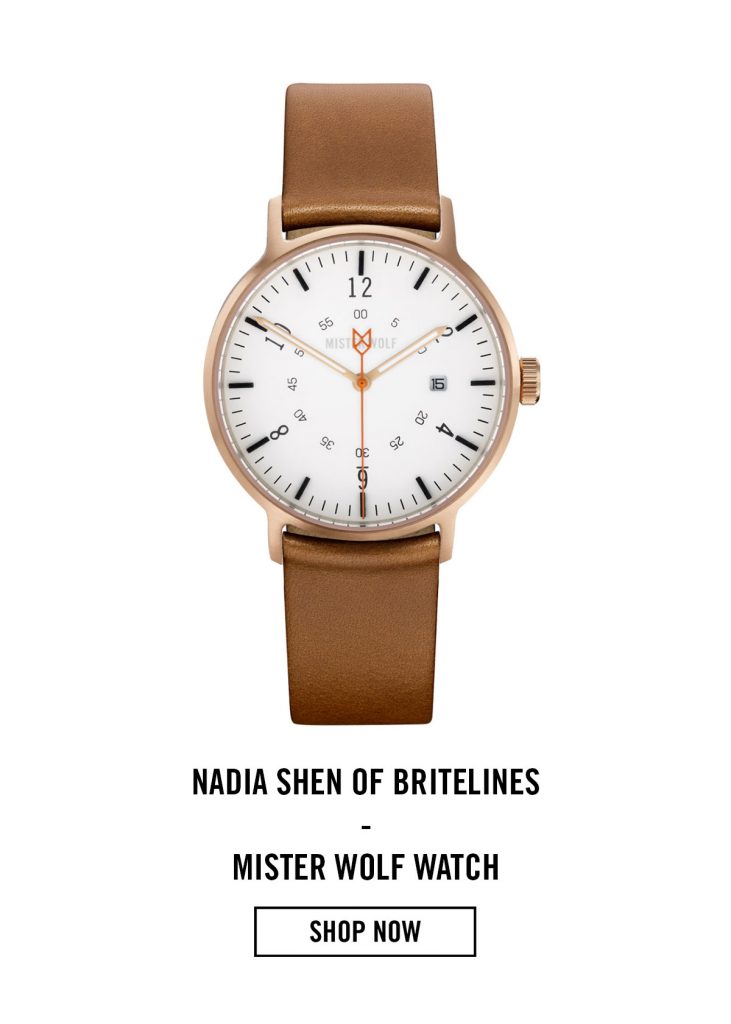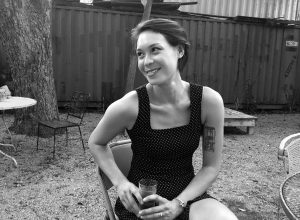Leo Greenfield is one of those rare creatives who excels in multiple disciplines. An illustrator first and foremost, his ethereal portraits are drawn completely from memory. His work has featured in everything from Vogue and Harper’s Bazaar to Architectural Digest and The Weekend Australian, often paired with the fruits of his other labour, writing.
Mister Wolf: You’re wide awake and you’ve just thought of something brilliant. Where did your inspiration come from, and does it normally hit in the AM or PM? Can you elaborate on your favourite routine?
Leo : Inspiration can hit at any time, especially if I am out and about walking. My work is all about observing and documenting daily life, and I’ve found that special moments appear when you’re least expecting them.
How did you find your feet in the world of illustration? Did you train professionally?
I have always loved drawing, from as far back as I can remember. When I was very small I’d ask my dad to draw pictures for me, and I remember being fascinated watching him work. At university I was involved in the student newspaper, and I created a weekly magazine with a gang of mates. I wrote and drew for the publication, reporting on fashion and art. Later I would study Fine Art at the Victorian College of the Arts in Melbourne, and although the focus there was on conceptual art creation and installation, I continually returned to drawing. In developing an art practice I believe that all you can really do is follow your instincts, and that is the line I have followed.
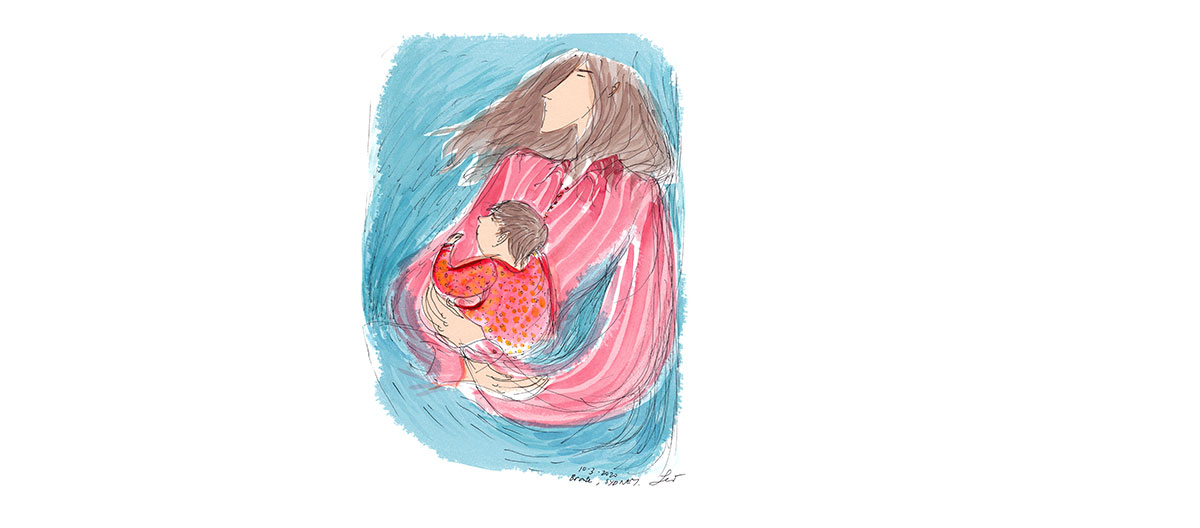
A lot of people dream of earning from their art. How did you turn your passion into a paying gig?
I think having patience is the most important factor in developing your art practice and craft. Courage helps a lot too, especially the courage to dream. I believe that dreaming is a major part of the creation process. It’s where ideas start. They can sometimes appear not as vague thoughts, but as problems that need solving.
I then put together a mood board of brands and creators that are doing things really well, and try and pinpoint what it is that makes them stand out. I think that works in any category of design. From there we have a really great visual and verbal study for both me as the designer and for the client as well, to ensure we are all on the same page and starting from the same point.
This is really important because I think creative and design people often have different ideas to their clients of what the final product should look like. By starting with the mood board, you have a visual reference and verbal cues so that you are both speaking the same language from the get go.
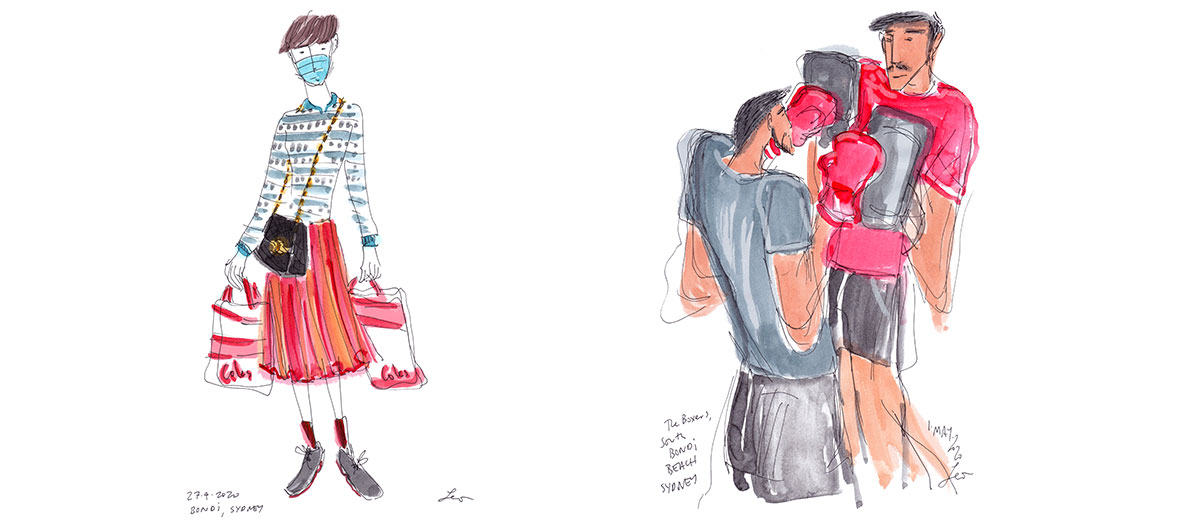
I have always loved drawing from as far back as I can remember
Talk us through your process. Where do you find your inspiration, and how do you go about bringing it to life?
My process always begins with sketching; I think through creating, and I eventually start to find the forms I want to see. I often write too, and keep journals that reflect ideas I’m considering or stories I am trying to tell.
I am keen to document daily life in drawing, so as to remember the moment more deeply. Sharing the images online via blogging and now social media is a vital part of the process. I think the sharing of images ‘activates’ them, and makes them feel relevant to a wider conversation.
As for inspiration, the simplest of moments can become such interesting subjects to draw. I bring them to life through ink drawing and painting, creating in my studio from memory. I want my work to be a counterpoint to photography, so I don’t take reference images. As I often work alone I am also keen to collaborate with others, especially printmakers, I think teamwork is vital in any art practice; it allows me to let go of my work and grow things into larger projects. Some of my favourite projects are prints I’ve created with Simone Tippett, a master printmaker.
What exactly makes a Leo Greenfield illustration a Leo Greenfield illustration?
My unruly lines are for me what makes my drawing style unique. I never quite know where a drawing will start and or end. I just have to throw myself in and see what happens. When I start a drawing there is always a risk that it won’t go where I want it to go, but I run with that. I often joke that the drawings are more in control than me than I am of them, especially those cheeky cat characters.
View this post on Instagram
How do you see a traditional art form like illustration fitting into an ever more digital world, both personally and more broadly?
I think the effect of digital media on our lives—especially social media—has allowed traditional crafts to strengthen their place in culture. If anything I think it has helped what I do. It’s interesting to think that digital media allows you to watch the evolution of a whole generation of artists as if it was a livestream.
I am interested in creating different experiences for my audience online and offline. Online provides a window into the making process, and it’s an honour to share that with others and create conversation around that. To see the work on a screen is an important element of my work, but then there are the physical studio pieces—the paintings and the installations that are designed to be seen in real life.
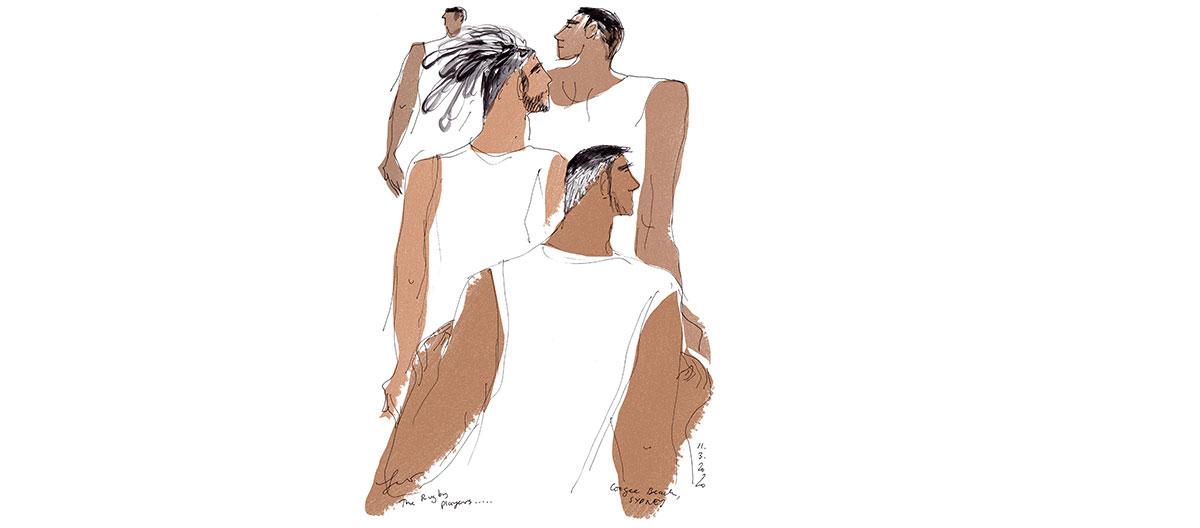
It’s 9pm on a Monday and you still haven’t eaten—are you cooking or ordering in?
Right now it is an isolation Monday, but I am dreaming about heading to 10 Williams Street in Paddington for a cheeky pasta. For now I must cook at home though, so I’m whipping up a little puttanesca and enjoying a little break from my desk.
For the artist looking for inspiration, what would you recommend they do with their spare time? What inspires you?
For me and my practice sport is vital. I love living in Sydney as I can go for a swim and a run in the morning. I love being outside and active, as the rest of the day I will be drawing and writing at my desk. Two years ago I got dragged along to a yoga class and wasn’t too keen at all to try. Now I swear by it. It’s corny, but so effective for fitness and feeling calmer, which in the up and down world of art is most welcomed.
When I am not outside, podcasts such as This Is Criminal, Radiolab and This American Life keep me focused while I’m working away at my desk. The radio is the perfect media for me as it’s a studio buddy and is all about words, rather than images, which gives me space to explore the visuals I need to create.
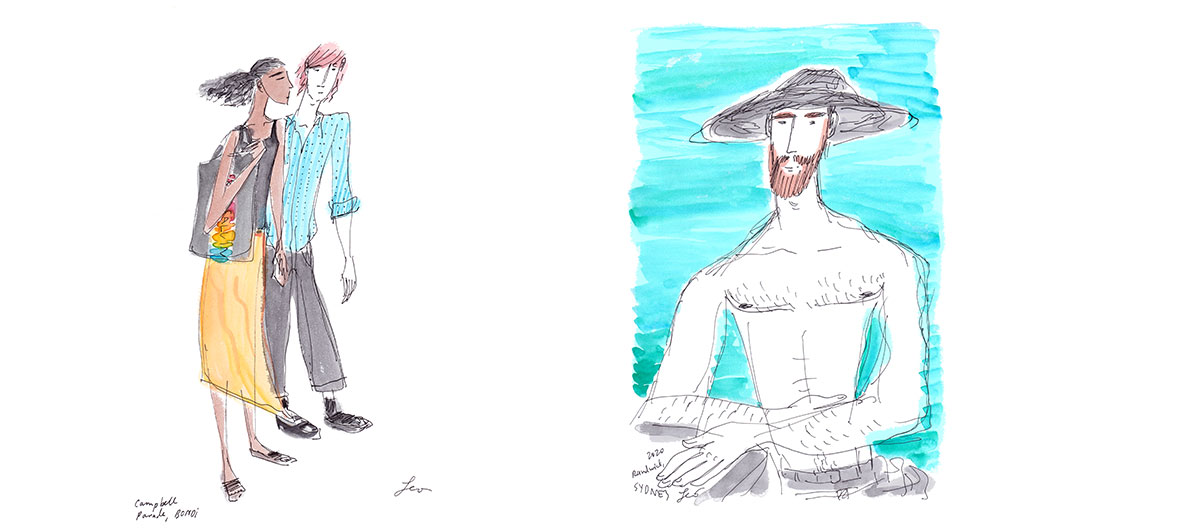
Leo’s Podcast List for focus and pastime
This Is Criminal
Current podcast: “The question becomes, when is enough enough?” Today, we’re talking about forgiveness.
www.thisiscriminal.com
Radio Lab
Investigating a strange world.
www.wnycstudios.org/podcasts/radiolab
This American Life
Current Podcast : During a time when a lot of us feel like we are living in a holding pattern, stories of people feeling stuck
www.thisamericanlife.org
View this post on Instagram
Looking for more Leo? He can currently be found on the cover of WISH magazine, or you can follow him on Instagram (@leo.greenfield) to be drip fed his latest work. Our recommendation? Hit that ‘follow’ button.
Leo’s Mister Wolf MW1 Pick Model 179

